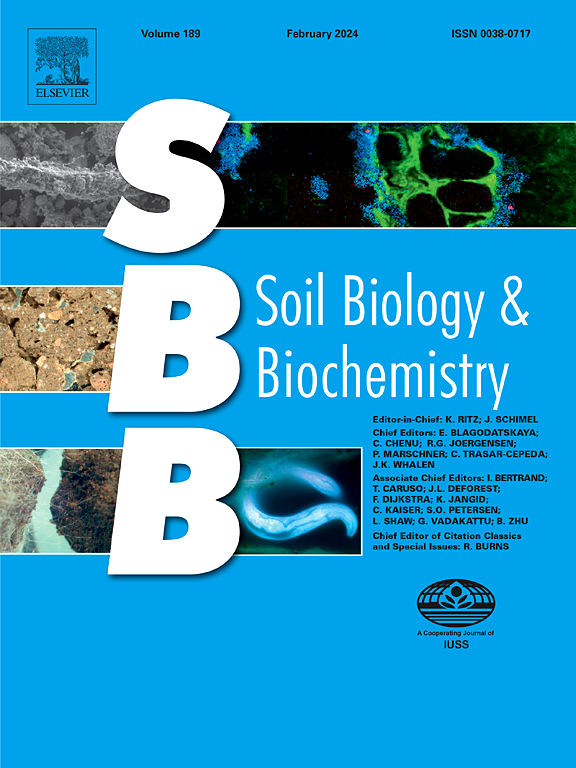Distinct response patterns of soil micro-eukaryotic communities to early-season and late-season precipitation in a semiarid grassland
Abstract
Semiarid ecosystems are susceptible to changes in precipitation regimes. However, how soil micro-eukaryote communities in semi-arid ecosystems respond to variations in the seasonal distribution of precipitation remains elusive. A 5-year field experiment was performed to investigate the effect of changed precipitation distributions throughout the growing season on soil micro-eukaryotic communities in the temperate steppe. Early-season precipitation did not significantly affect the biomass of arbuscular mycorrhizal fungi (AMF) nor the composition and structure of AMF and protist communities. Late-season precipitation significantly increased the biomass of AMF while significantly altering the relative abundance of dominant genera in AMF and protist communities. There was a clear difference in the community structure of AMF and protists between the late-season precipitation and natural precipitation. In addition, late-season precipitation decreased the amount of consumer protists but enhanced the abundance of parasitic protists. These results indicate that the impact of precipitation limitations in the middle growing season can be weakened by increased precipitation in the early growing seasons, while an increase in precipitation later in the growing season does not improve the impact of a decrease in precipitation in the middle growing season. Our findings highlight the potential impact of intra-annual changes in precipitation in soil micro-eukaryotic communities in arid and semiarid regions.

 求助内容:
求助内容: 应助结果提醒方式:
应助结果提醒方式:


